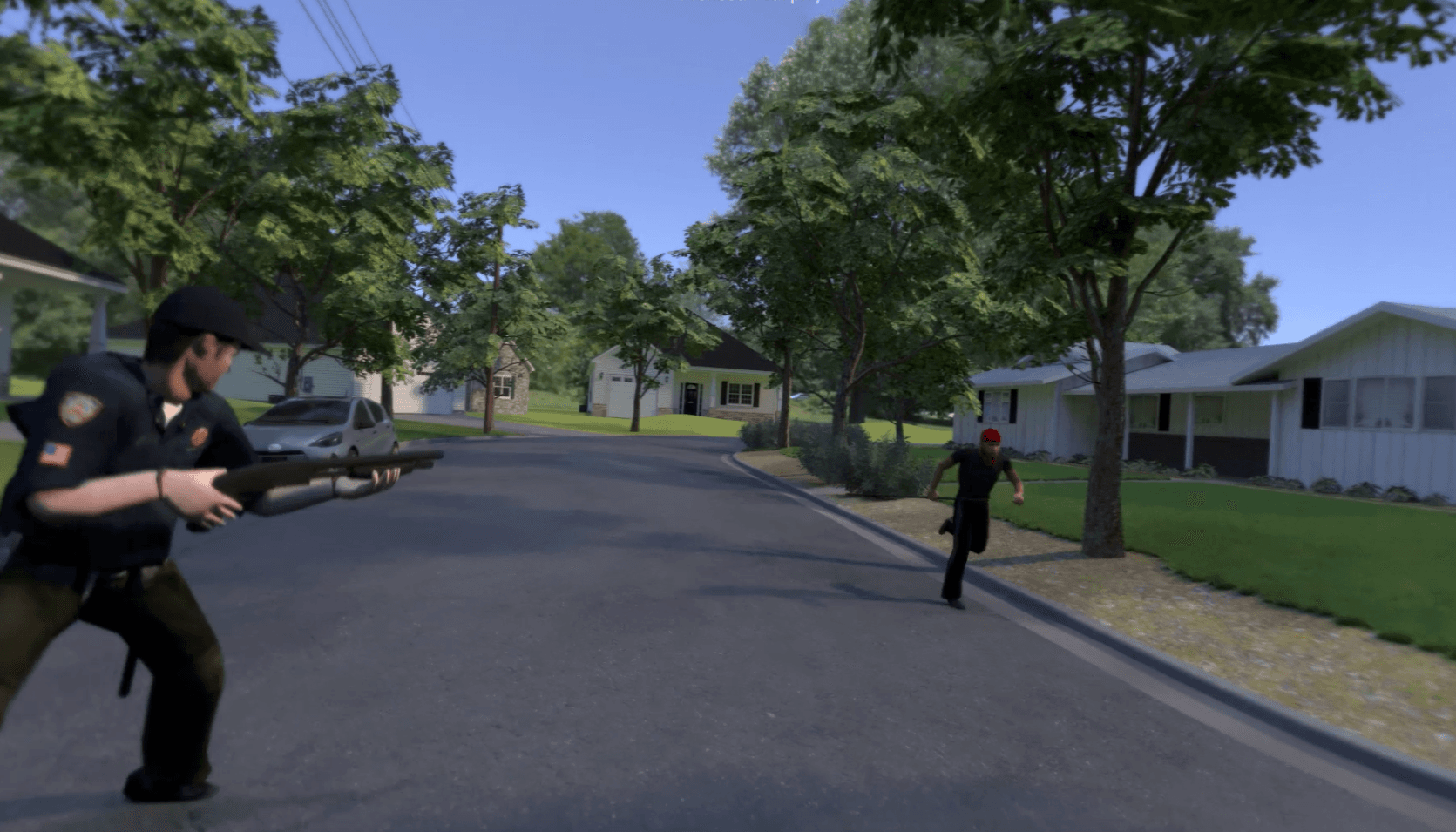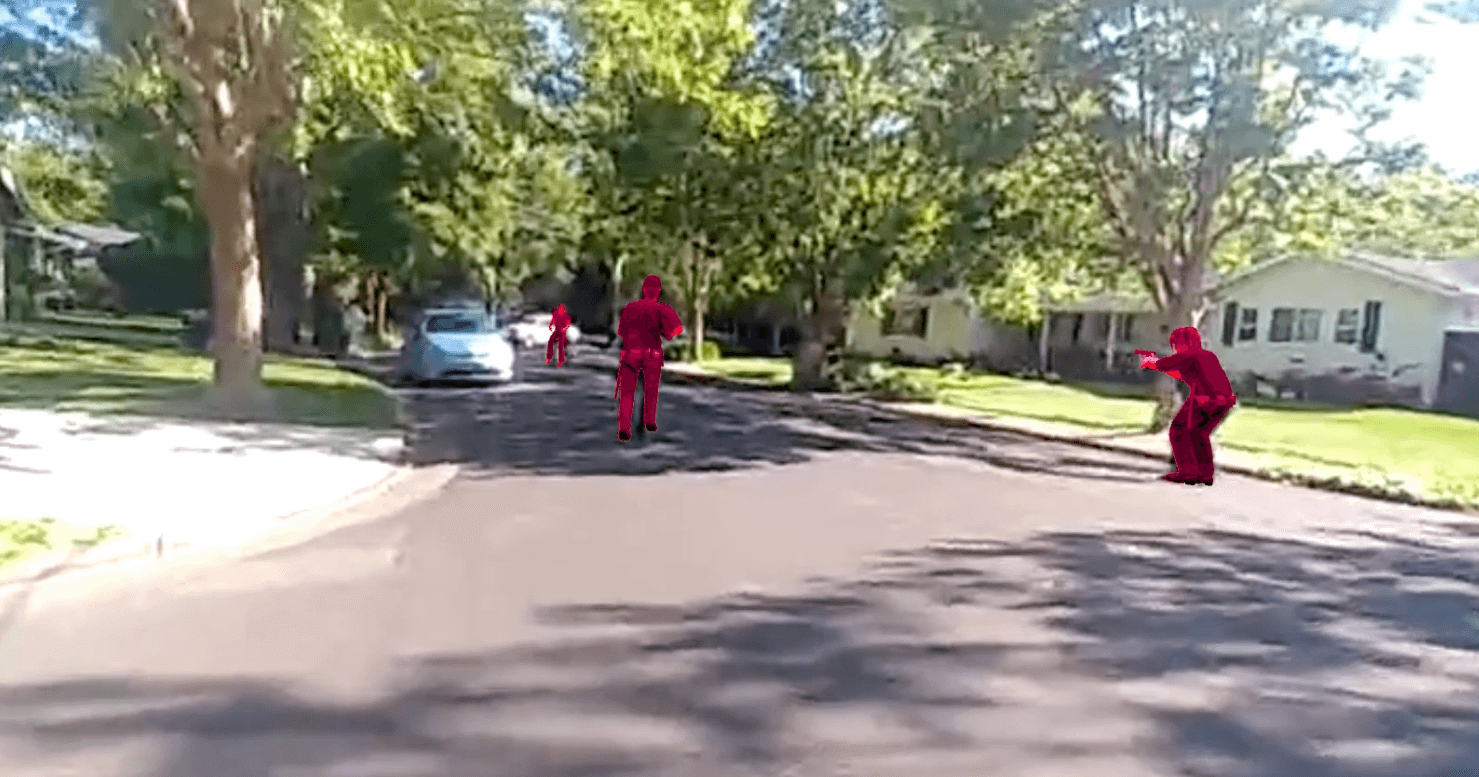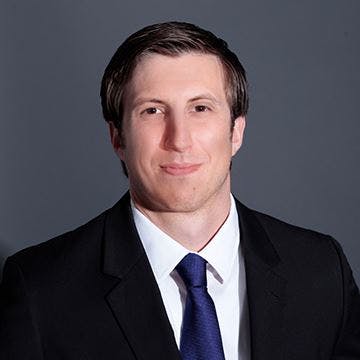
Seek and Illustrate the Truth -
Call Now 1-415-754-7772

Cul-de-Sac Encounter OIS Analysis
Local police were called to a quiet suburban neighborhood to respond to a 23-year-old man having a mental health crisis. He had yelled threats of violence to his family members and neighbors while holding a large apparatus, and they began to fear for their safety. Officers had responded to previous distress calls for this particular subject, so they approached this situation understanding that his mental health would play a role.
A group of five officers parked a safe distance away from the house to approach the subject. They then walked towards the house when the young man rushed from his home into the street wielding a large prybar. He saw the officers and began to sprint in their direction. The officers issued several commands to stop running and drop the weapon while there was distance between them, but he continued towards the officers. One officer then fired four bean bag rounds to immobilize him, but after this failed, two officers opened fire with their handguns. The subject fell to the ground and officers moved in to deliver emergency aid, but he died at the scene.

With growing demands for justice in this case, the family filed a lawsuit against the city and police force. Serious questions surrounded this incident for the defense, particularly around timing and distances of the officers in relationship with the subject. To gain a better understanding of the incident, they retained 3D Forensic to extrapolate answers from the evidence.
Challenge:
Deliver a three-dimensional analysis that breaks down time and distances throughout the incident.
Solution:
- Reconstruct the incident via 3D Working Model
- Camera-match the positions of officers and the subject throughout the incident
- Highlight key measurements throughout the reconstruction
- Animate the incident from an objective top-down perspective as well as the officers’ perspectives
In total, four body cameras and one home-security camera captured the incident. The body cam footage was shaky and the officers’ arms often impeded the view, so analyzing these videos in their current state wouldn’t provide much insight.
3D Forensic started by performing video analysis on the cameras and videos involved. By noting the distortion, field-of-view, and other technical elements, the team could begin to adjust the footage so that the visual aspects match the human eye’s perception. The team then synchronized the separate BWC (body-worn camera) footage of this incident so that the events seen on one camera were timed correctly to the other perspectives.
3DF then traveled to the incident location to laser scan the relevant areas. These scans would provide effective blueprints of the area for digital modeling to a millimeter-scale of accuracy. They then 3D modeled characters for the officers and the subject to be placed in the scene. Police reports and photos helped verify the sizes of those involved and ensured the digital representation reflected reality.
With a camera-matched setting and modeled elements, the team could track the officers’ movements in a true 3D reconstruction of the environment, using the 3D models of those involved to verify positions through multiple camera perspectives. This final step verified the movements of officers and Lawrence in the 3D space, allowing the team to ascertain forensically accurate numbers on speed, positions and distances. The team relied on laser-based photogrammetry, the forensic process innovated by 3DF, to ultimately determine the distances seen on video with known measurements of the environment and the officers as well as their positions.
The completion of the forensic tracking and reconstruction enabled 3D Forensic to animate their findings for presentation. The team polished the visual aspects of the reconstruction, then rendered it from an overhead view of the incident as well as the true eye-level perspectives of the officers. The top-down animation allowed the audience to objectively understand the true distances among each person, while the perspective animation allowed the viewers to see the incident through the officer’s eyes in real-time versus the shaky and obstructed body-camera.
The team’s reconstruction yielded several important factors:
- The subject was running with a five-foot long prybar, which was notably heavy and could cause damage from a distance
- He was fully mobile within 15 feet of the closest officer before lethal force was deployed
- If shots were not fired, the subject could have struck the nearest officer within two seconds of when shots were fired
This animation and analysis revealed key elements of this case that couldn’t be determined through a rudimentary analysis of body-worn camera footage alone. Through forensic reconstruction and reverse-engineering, defense counsel was given true forensic numbers on which they could base their next decisions.
Talk to Our Forensic Team
Let Us Help You Seek & Illustrate The Truth
By submitting this form, I confirm that I have read and understood the 3D Forensic Privacy Statement.
"We have used Jason Fries and his team twice to create medical videos depicting complex surgeries. The videos impressed both the jury and the defense attorneys. Perhaps most helpful, Jason will work on short notice and provide a persuasive product."

Robert Igleheart
Rouda, Feder, Tietjen & McGuinn
